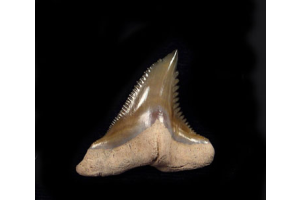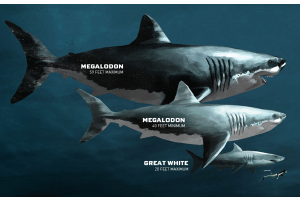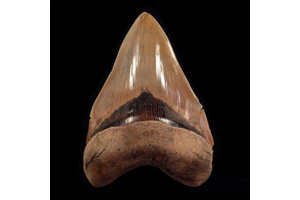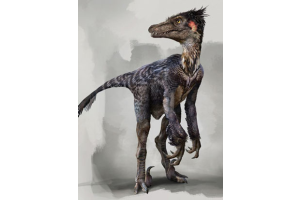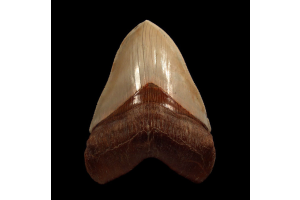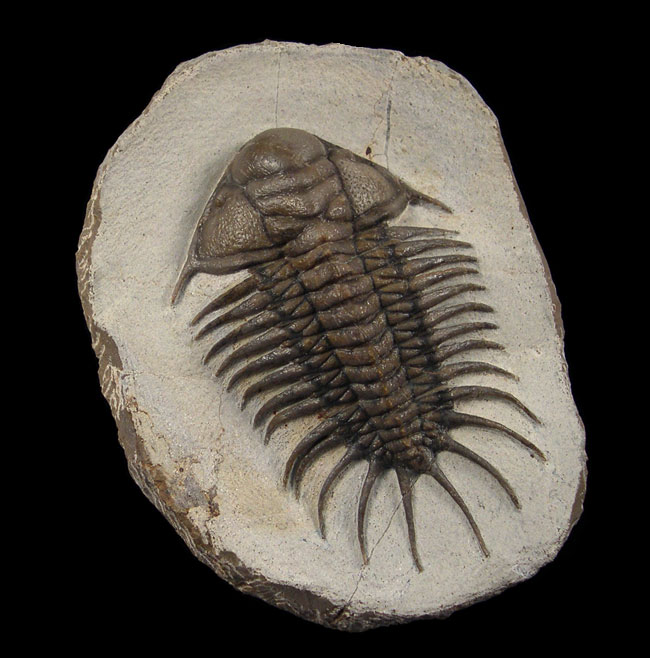
540 million years ago, there were trilobites, one of the biggest marine population with the most species back then that kept dotting the ocean floors for the next 270 million years before their existence came to an end. These 270 million were their era of glory when they survived, thrived, and eventually turned into rare trilobite fossils that continue to excite fossil enthusiasts.
Trilobites get their name from the Latin language where tri-lob-ite means three part body that are cephalon, thorax, and pygidium. In case you’re someone who loves knowing about fossils and their deep secrets, trilobites can be a great choice. They offer everything a fossil enthusiast looks for.
Here are 5 interesting facts about these rare trilobites that will leave you surprised:
-
There are more than 20,000 recorded species
This one thing is enough to understand the scale at which trilobites survived and thrived the ocean waters. The extent of their existence was so huge that their fossils can be found in all parts of this globe, including the seven continents. They were one of the most successful marine creatures at that time. -
They were all about diversity
The number says it ll. To further elaborate it, trilobites were present in diversity, with a variety of features in terms of size, shape, and built. While some were 28-inch long, others were about just a millimetre. Some had larger eyes while others didn’t have it at all. The variety can also be observed in the form of defensive spines and smooth shells. -
They witnessed the dawn of the Cambrian period
The organisms that themselves are now extinct, came into existence at the time when the Cambrian period was at its decline. This period was a transforming chapter in our planet’s history when several new species made their debut with trilobites being the prominent ones. However, the time wheel kept moving and in the next 270 million years, they met the same fate. -
They knew how to keep themselves protected
Self-protection is one of the essential factors that determine survival. Trilobites knew this and were intelligent enough to protect themselves by balling up when in danger. There are specimens from the late Cambrian era suggesting the same as they are found in this ball-like defensive position, hiding the rear part under their heads. -
Native Americans considered them ‘protective charms’
Long before the people from Europe reached America, the native people thought these fossils to harbor special powers and named them “Timpe-Konitza-Pachuee” which means a little marine bug residing in a house made of stone. They carried them with themselves as their protective charms.
Trilobites have been among the most glorious mariners that successfully survived for over 270 million years with over 20k known species. They were intelligent species who knew how to protect themselves in case of a danger and how to collect food with ease. However, they couldn’t withstand the nature’s fury and became extinct, leaving a large fossil legacy behind.
In case you’re looking for rare trilobites fossils, feel free to reach us or have a look at our inventory.






